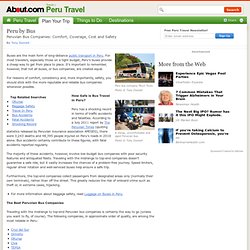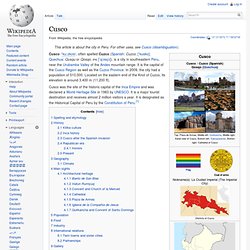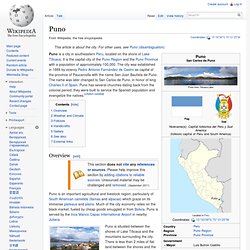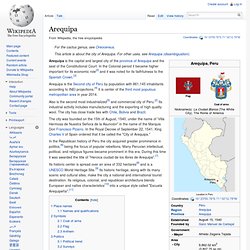

Cash Passport Globe from Travelex is the smart currency card for the savvy traveller. You can use your Cash Passport Globe around the world to withdraw local currency from millions of ATMs displaying the MasterCard Acceptance Mark. Click here to find the most convenient one for you. The information provided through the above links is for general information only. The ATM descriptions have been provided to MasterCard by the relevant institutions. It is possible that information may be inaccurate or may have changed. We do not assume responsibility for the accuracy of this information. Restrictions Please note: It is currently not possible to use your Cash Passport in a number of countries.
The countries currently affected by sanctions are: Cuba, Iran, North Korea, Sudan and Syria Other sanctions/restrictions may apply - please refer to the H.M. Train Tickets to Machu Picchu. {*style:<b>Cuzco Train Station address (Route Poroy to Machu Picchu): </b>*} Poroy Town (20 minutes away from Cuzco City). {*style:<b> Ollantaytambo Train Station address (Route Ollantaytambo to Machu Picchu): </b>*} Ollantaytambo s/n Valle Sagrado. (1 hour away from Cuzco aprox.) {*style:<b>Cuzco Train Station address (Route Cuzco to Puno): </b>*} Av. {*style:<b>Puno Train Station address: </b>*} Av. {*style:<b>E-Tickets: </b>*}You have to be at the train station half an hour before departure, bring your passports and 2 copies of the e-tickets that we must send you (one is for the counter and the other one is your boarding pass) show your passports and board the train.
The transfer from Cuzco to Ollantaytambo station (Sacred Valley) is by yourself, you can arrange a taxi at your hotel, the price could be aprox: US$ 30.00. For return from Sacred valley to Cuzco you can take a bus at the train station. Baggage permitted in the Machu Picchu coach is maximum 5 Kg. Tickets are not refundable. TICKET DE BUS PUNO CUSCO, Ticket de Bus Cusco Puno. Ven al Perú: Cultura, Naturaleza, Aventura - Viaje. Peru by Bus. Buses are the main form of long-distance public transport in Peru.

For most travelers, especially those on a tight budget, Peru’s buses provide a cheap way to get from place to place. It’s important to remember, however, that not all buses, or bus companies, are created equal. For reasons of comfort, consistency and, more importantly, safety, you should stick with the more reputable and reliable bus companies whenever possible. How Safe is Bus Travel in Peru? Peru has a shocking record in terms of traffic accidents and fatalities. The majority of these accidents, however, involve low-budget bus companies with poor security features and antiquated fleets. Furthermore, the top-end companies collect passengers from designated areas only (normally their own terminals), rather than off the street. For more information about baggage safety, read Luggage on Buses in Peru. Lima, Peru to Lima, Peru - Google Maps. Ayacucho. Ayacucho (Spanish pronunciation: [aʝaˈkutʃo], Quechua: Ayacuchu), also known as Huamanga, is the capital city of Huamanga Province, Ayacucho Region, Peru.

Ayacucho is famous for its 33 churches, which represent one for each year of Jesus' life. Ayacucho has large religious celebrations, especially during the Holy Week of Easter. These celebrations include horse races featuring Peruvian Caballos de Paso and the traditional running of the bulls, known locally as the jalatoro or pascuatoro. The jalatoro is similar to the Spanish encierro, except that the bulls are led by horses of the Morochucos. The name is derived from the Quechua words aya (death) and kuchu ("corner"), referring to a major battle for independence. History[edit] Vestiges of human settlements more than 15,000 years old have been found in the site of Pikimachay, about 25 km north of Ayacucho.
Cathedral of Vilcashuaman, built on remains of Inca temple. Cusco. Cusco /ˈkuːzkoʊ/, often spelled Cuzco (Spanish: Cuzco, [ˈkusko]; Quechua: Qusqu or Qosqo, IPA: [ˈqɔsqɔ]), is a city in southeastern Peru, near the Urubamba Valley of the Andes mountain range.

Puno. Puno is a city in southeastern Peru, located on the shore of Lake Titicaca.

It is the capital city of the Puno Region and the Puno Province with a population of approximately 100,000. The city was established in 1668 by viceroy Pedro Antonio Fernández de Castro as capital of the province of Paucarcolla with the name San Juan Bautista de Puno. The name was later changed to San Carlos de Puno, in honor of king Charles II of Spain. Puno has several churches dating back from the colonial period; they were built to service the Spanish population and evangelize the natives. [citation needed] Overview[edit] Puno is an important agricultural and livestock region; particularly of South American camelids (llamas and alpacas) which graze on its immense plateaus and plains.
Arequipa. Coordinates: Arequipa is the capital and largest city of the province of Arequipa and the seat of the Constitutional Court.
